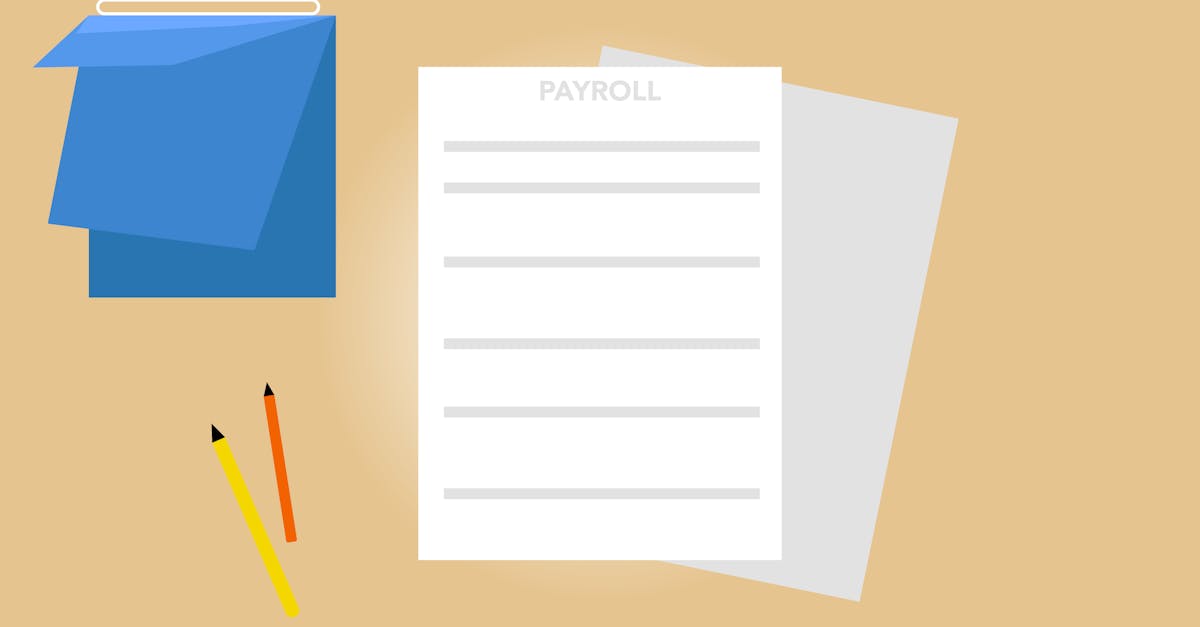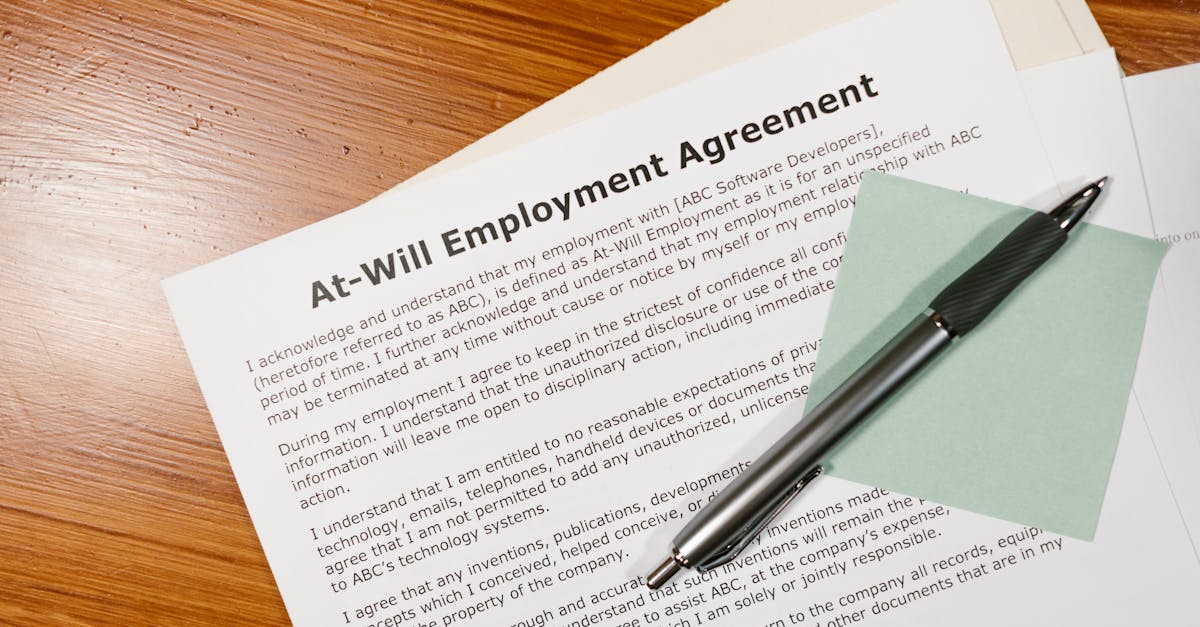
Introduction
Hiring remotely doesn’t just change where people work — it changes how you secure, verify and scale access to systems. As teams spread across time zones and jurisdictions, HR and security teams face rising identity risk, regulatory complexity and manual handoffs that delay productivity. This guide focuses on practical steps to tighten onboarding controls while moving faster: from automated identity verification and secure e‑sign to versioned document stores and time‑bound access — with document automation gluing those pieces together so offers, NDAs and tax forms flow through predictable, auditable paths. Use this to streamline HR onboarding without sacrificing security or compliance.
What you’ll find in the post: concise, actionable best practices for identity verification & secure e‑sign, mobile‑first microlearning, centralized role‑based documents, automated cross‑border compliance, IP & confidentiality controls, and scalable templates and integrations (HRIS, SSO, Slack) to provision, monitor and iterate on onboarding at scale.
Implement identity verification, secure e‑sign and time‑bound access controls
Verify identity before granting systems access. Start the hr onboarding process with identity checks that match the risk profile of the role: ID scans, two‑factor checks, and single‑use verification codes for remote new hire onboarding. Tie verification results directly to provisioning rules so IT only opens accounts after verification succeeds.
Secure e‑sign workflows
Use e‑signing integrated into your onboarding software to collect I‑9s, offer letters and policy acknowledgements. Ensure the e‑sign solution logs signer identity, timestamps and IP address. For role‑specific contracts (for example local fixed‑term agreements), link documents to legal templates so offers are consistent: https://formtify.app/set/employment-agreement—nyc—fixed-term-6wz46.
Time‑bound access controls
Apply least‑privilege access that’s time‑bound: provisioning windows for orientation, reduced rights during probation, and automated revocation after predefined periods. This limits exposure from inactive or temporary credentials and supports your onboarding checklist by tying access changes to onboarding milestones.
- Best practices: automate provisioning from HRIS, require MFA, and keep logs for audits.
- Tools to look for: role templates, temporary access tokens, provisioning schedules.
Build mobile‑friendly, asynchronous orientation and microlearning sequences
Design for mobile first and on‑demand learning. Many hires complete new hire onboarding on phones or outside office hours. Deliver orientation modules as short microlearning units that employees can complete asynchronously to speed time‑to‑productivity.
Structure your sequences
Break content into predictable flows: company essentials, role‑specific tasks, compliance modules, and quick checks. Pair each module with a checklist item in your hr onboarding checklist so managers and hires can see progress.
- Keep modules to 3–10 minutes.
- Include knowledge checks and short tasks to trigger access or follow‑up steps.
Support remote and hybrid hires
Use push notifications, calendar invites, and Slack reminders for deadlines. For regulated roles (healthcare, clinical trials, etc.), include contextually relevant forms like HIPAA authorizations inside your sequence: https://formtify.app/set/hipaaa-authorization-form-2fvxa.
Centralize documents with role‑based access, versioning and automated audit trails
One source of truth for onboarding documents. Centralize offer letters, policy manuals, NDAs and training artifacts so the onboarding process always references the latest approved version. This reduces confusion and supports audits.
Role‑based access and version control
Configure access by role (hiring manager, HR, payroll, employee). Keep strict versioning so past agreements remain retrievable but only current templates are used for new hires.
Audit trails and data handling
Automate immutable audit logs for every document event: view, sign, modify. Where third‑party processors are involved, ensure you have a Data Processing Agreement in place and link it from your document library for compliance checks: https://formtify.app/set/data-processing-agreement-cbscw.
- Checklist items: central repo, retention rules, access matrix.
- Tip: integrate your onboarding software with your document store so the onboarding checklist and documents move together.
Automate cross‑border compliance: localize contracts and tax onboarding records
Localize contracts and tax forms automatically. For international hires, the hr onboarding process must adapt to local law, tax registrations and statutory benefits. Automate template selection based on hire location and role to reduce legal risk.
What to automate
Map country rules to contract clauses, payroll tax forms, and benefits enrollment. Use decision logic to populate the right local clauses and routing for country‑level approvals. You can reference localized templates for consistency: https://formtify.app/set/employment-agreement—nyc—fixed-term-6wz46 (as an example of a localized employment template).
Maintain records for tax & audit
Capture tax onboarding records, withholding elections, and proof of eligibility in a standardized, searchable format. Schedule reminders for periodic actions (e.g., visa renewals) and retain records per local retention laws.
- Measure compliance: track document completion rates, missing tax forms, and flagged regional exceptions.
- Integration tip: sync with local payroll providers to eliminate manual steps.
Protect IP and confidentiality with NDAs, non‑competes and access revocation workflows
Make confidentiality and IP protection part of the onboarding flow. Present NDAs and IP assignment agreements during the earliest onboarding steps so expectations are clear and enforceable. Tie signature capture to provisioning: no signed NDA, restricted access.
Use targeted agreements and revocation workflows
For roles with higher IP risk, add tailored non‑competes or garden‑leave clauses where legal in your jurisdiction. Use standardized templates to speed review and ensure consistency: https://formtify.app/set/non-compete-agreement-bouwz.
Enforce access control on separation
Automate account revocation, disable device access, and record exit attestations. For high‑sensitivity teams, trigger immediate token/certificate revocation and schedule post‑exit audits.
- Practical steps: conditional access tied to signed agreements, automated offboarding playbooks, and regular audits of privileged accounts.
- Onboarding retention strategy: ensure confidentiality clauses and role expectations are included on the hr onboarding checklist to reduce disputes later.
Scaling tips: templated workflows, integrations (HRIS, Slack, SSO) and monitoring
Scale with templates and smart integrations. Build reusable templates for offers, onboarding checklists and role tasks so each new hire flows through a standardized process. Templates make hiring predictable and faster to scale.
Integrations that matter
Connect your onboarding software to HRIS, payroll, Slack, Single Sign‑On (SSO) and identity providers. Use these integrations to automate account creation, send welcome messages, and provision tools without manual handoffs.
- HRIS: source of truth for employee attributes.
- Slack/MS Teams: communication and reminders.
- SSO/MFA: secure access and automated deprovisioning.
Monitoring and continuous improvement
Track metrics like time‑to‑complete the onboarding checklist, first‑90‑day retention, and compliance completion rates. Use dashboards and regular audits to identify bottlenecks and iterate on your hr onboarding best practices and templates.
Pro tip: keep a library of onboarding templates and a playbook for common variants (remote, contractor, contractor→employee) so you can deploy consistent employee onboarding at scale.
Summary
Remote onboarding works when it’s secure, repeatable and measurable. Implement identity verification and secure e‑signs, apply time‑bound least‑privilege access, deliver mobile‑first microlearning, centralize versioned documents with audit trails, automate localized contract and tax selection, and bake IP/confidentiality controls into provisioning. Document automation ties these pieces together by reducing manual handoffs, enforcing template consistency, creating immutable audit records and speeding provisioning so HR and legal teams can scale with confidence. Use these patterns to shorten ramp time, reduce compliance risk and make HR onboarding a predictable, auditable workflow — learn more and try the templates at https://formtify.app
FAQs
What is HR onboarding?
HR onboarding is the process of integrating a new hire into your organization, covering administrative setup, access provisioning, compliance paperwork and cultural orientation. It combines practical tasks (payroll, benefits, systems access) with training and relationship‑building to help the employee reach productivity quickly.
How long should HR onboarding take?
There’s no one‑size‑fits‑all answer: administrative onboarding (forms, accounts, basic training) should be completed in the first 1–2 weeks, while role integration often takes 30–90 days. Treat onboarding as an ongoing process — some hires need up to 6 months for full proficiency depending on role complexity.
What are the key steps in the HR onboarding process?
Key steps include preboarding (documents and identity checks), secure e‑sign and contract acceptance, automated provisioning tied to role templates, mobile‑friendly orientation and microlearning, and scheduled compliance and performance checkpoints. Centralizing documents and audit trails ensures consistency across these steps.
How do you measure the success of HR onboarding?
Measure success with objective metrics like checklist completion rates, time‑to‑productivity, first‑90‑day retention and compliance completion, complemented by qualitative feedback such as new hire surveys or onboarding NPS. Use dashboards and audits to spot bottlenecks and iterate on the process.
What is the difference between onboarding and orientation?
Orientation is a short, initial introduction covering logistics, policies and basic setup; onboarding is the broader, ongoing process of integrating an employee into their role and the organization. Orientation is a single event or short series, while onboarding spans weeks or months to ensure long‑term success.





